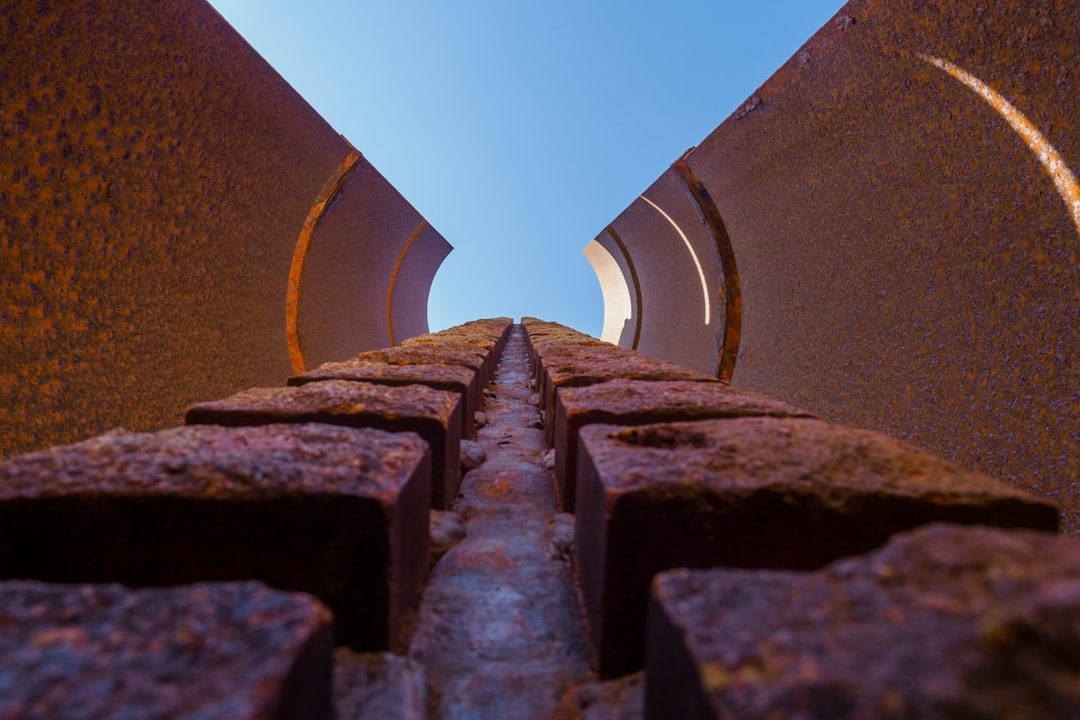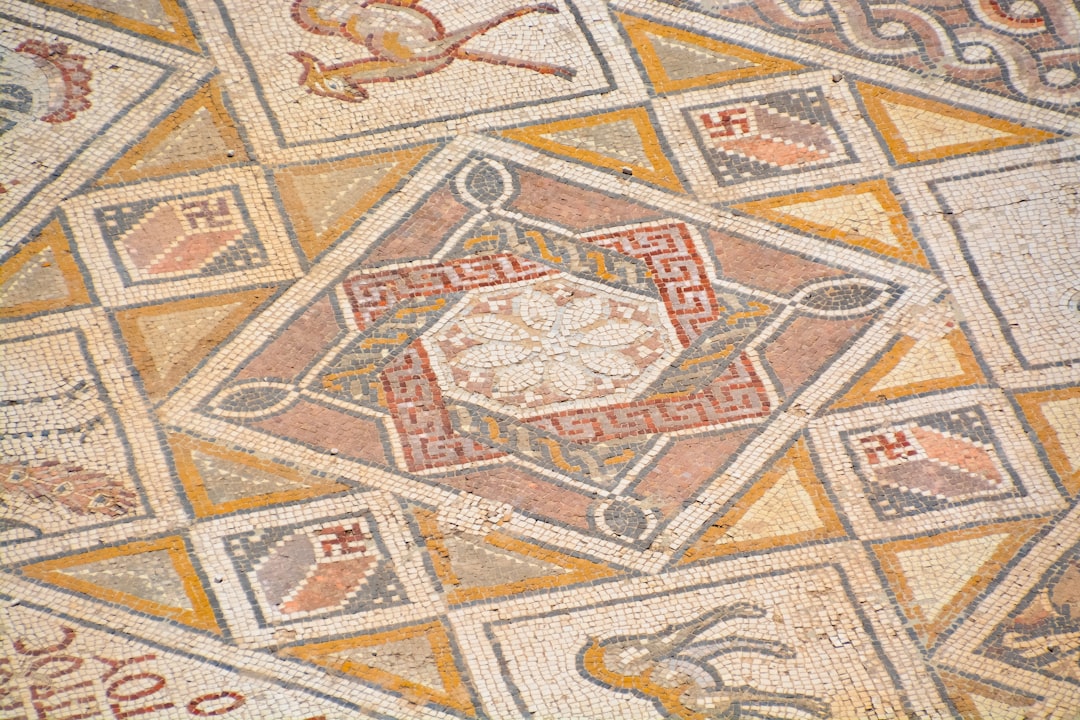What is it about?
This paper is about computing an unevenness field around a mobile robot using the structured way in which the laser scanner samples the environment. Using this unevenness obstacles and the traversable region are detected.
Featured Image
Why is it important?
Terrain is modeled using only the structured range data from the 3D laser scanner. Using unevenness as a point level attribute it is possible to detect even small obstacles clearly separated from ground. All this is done in real time.
Perspectives
Computing unevenness allows robots to perceive their environment quickly in three dimensions. Unevenness detects smallest of discontinuities in the terrain despite the sparse nature of data in radial direction. Since the method works well in spite of the roll and pitch experienced by moving robots and in terrains containing slopes the method suits outdoor wheeled mobile robots and driverless vehicles. Major perception is achieved using only a single sensor. Since unevenness clearly separates objects from ground, it can be further extended to perform segmentation and other object based perception tasks.
Mr. Satish Kumar Reddy
Bhabha Atomic Research Centre, Homi Bhabha National Institute
Read the Original
This page is a summary of: Computing an unevenness field from 3D laser range data to obtain traversable region around a mobile robot, Robotics and Autonomous Systems, October 2016, Elsevier,
DOI: 10.1016/j.robot.2016.07.002.
You can read the full text:
Contributors
The following have contributed to this page










